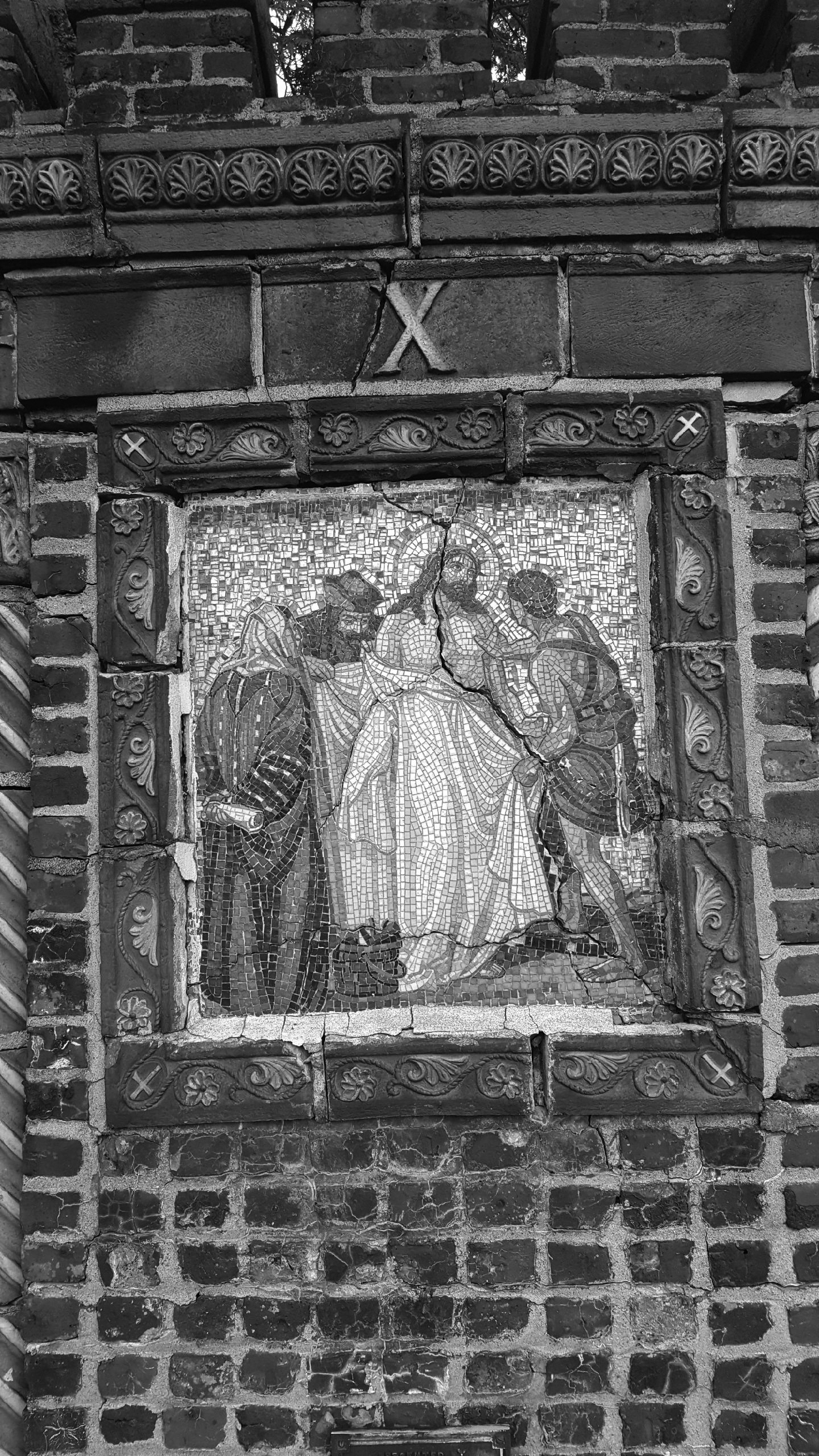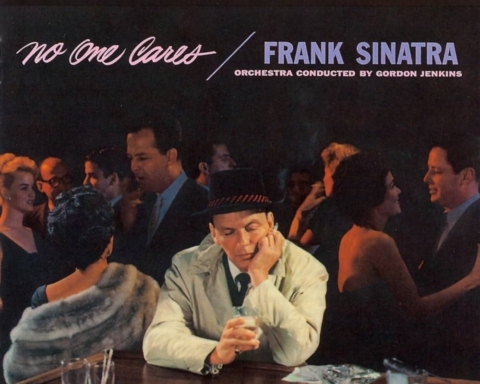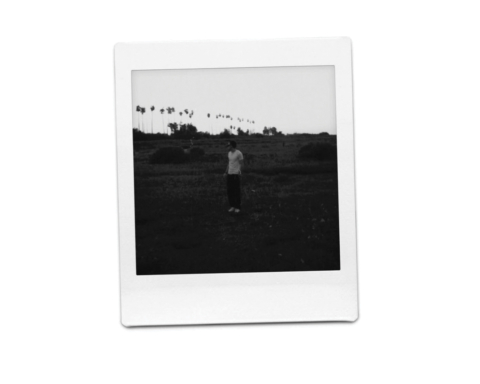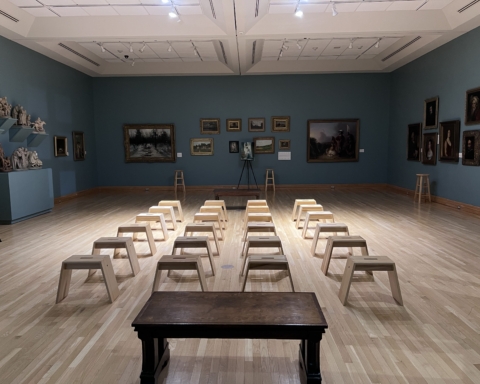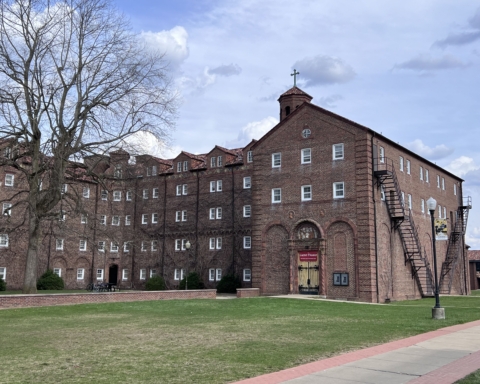Fourteen brick and mortar markers in the St. Bonaventure Cemetery stand in a circle, about 50 feet apart from one another. The markers depict the stations of the cross – the significant moments leading up to Jesus’ crucifixion. The markers, built in 1926, now have large cracks running through them and have chunks missing.
Former University President Thomas Plassmann, O.F.M., commissioned Chester Oakley to build the markers. Oakley also built Devereux Hall in 1928, the Hickey Dining Hall in 1931, renovated De La Roche Hall in 1934 and built the Friedsam Memorial Library in 1938, according to the university archives.
In recent years, the state of the monuments has gained attention of one alumnus in particular: Joe Zampogna, Ed.D.
“If they’re not repaired soon, I don’t know what the future holds for them,” Zampogna, ‘59, said.
Zampogna, a former professor of language arts at Bonaventure, has been trying to gather alumni to donate money for reparations. He gathered several alumni to begin drawing donation plans for this project. Zampogna said he wants to ask future graduates for help.
“Our goal is to get enough advertisement through the Bonaventure alumni magazine,” Zampogna said. “We would like one or two classes to ‘adopt’ a station as a class gift.”
He said that restoring the markers would be an extensive project, considering the damage to them.
Fr. Francis Di Spigno, O.F.M., executive director of university ministries, said some of the stations may be irreparable. As shown in the top right photo, pieces of some of the markers sit on the windowsill in his office.
“[The markers] are freestanding; this means the cold weather is all around them all the time,” Fr. Francis said. “Winters here are harsh on the masonry. A committee was established to move forward on restoring the stations.”
Fr. Francis, who acts as the president of the committee, said some ideas of preserving and restoring the stations include building columbaria – a final resting place – around the markers to provide some shelter. He also said some ideas of beautifying the area included creating a pathway from marker to marker and holding funeral services there.
Although no solid plans for the stations have been determined, restoring them has been brought up frequently in the past several years at the university, according to university archivist Dennis Frank.
Zampogna said the Board of Trustees need to approve any plans, but the uniqueness and authenticity of the school should be maintained.
“A priest drove my mother and me when I was 17 to visit Bonaventure,” Zampogna said. “There were over 100 friars on the campus, and about half of the faculty were Franciscans. My mom turned to me and said, ‘You’re going to go here.’ If Bonaventure doesn’t maintain its Catholic identity, there’s no point for it to exist…What would be extraordinary about it?”

